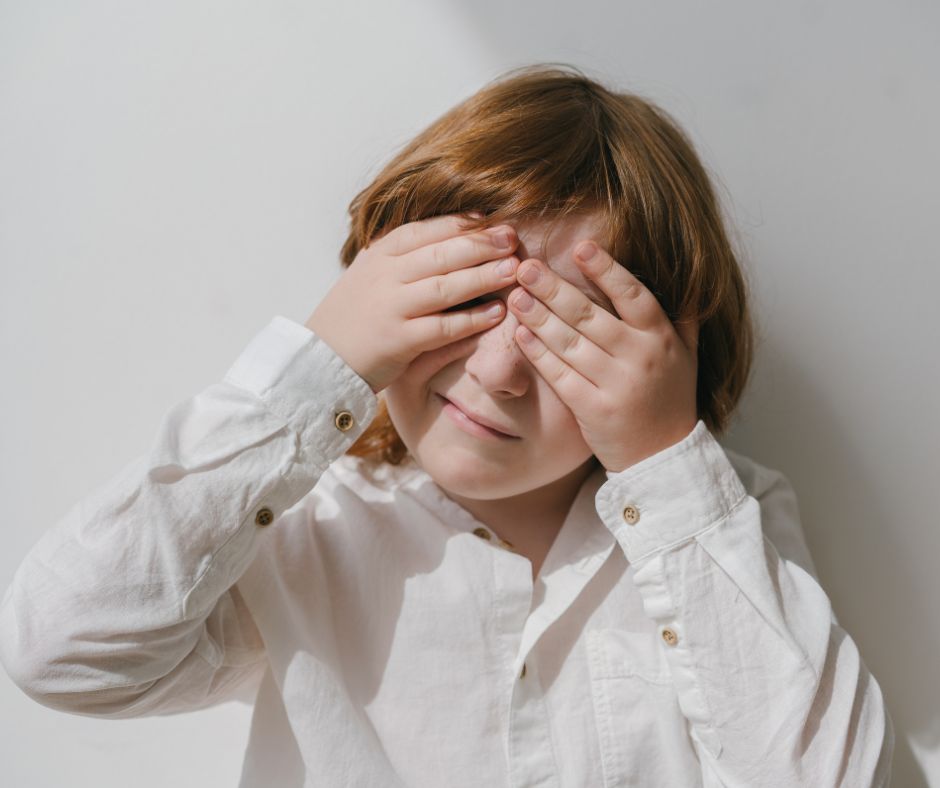
13 Apr 5 Most Common Eye Conditions Experienced By Children
As children develop, maintaining the health of their eyes is necessary for improving their learning, social interactions, and so much more! Examining and diagnosing eye conditions in children is important, so that essential treatment can be prescribed immediately. If problems are left untreated, the child is more likely to experience severe vision loss or complete loss of vision. To learn more, read about the 5 most common eye conditions experienced by children:
1. Myopia
Myopia is an eye condition when a person is nearsighted, meaning that they cannot see far distances. Without early diagnosis, myopia can make school more difficult for children, especially if they are sitting far away from the teacher’s board. Additionally, observation by parents or guardians are crucial to diagnosing myopia in young children. To find out more about the signs and symptoms of myopia in children, click here.
2. Amblyopia
Amblyopia is more commonly known as lazy eye. If a child doesn’t use their eye adequately during childhood, they might develop a lazy eye. Amblyopia is formed when the brain doesn’t fully process input from one eye, so, instead, it overcompensates with the other eye. Amblyopia is the most common cause of vision loss in children, so early diagnosis and treatment are important to prevent this. Some examples of treatment include wearing an eye patch or eyeglasses, using therapeutic eye drops, and in some cases, even surgery.
3. Strabismus
Strabismus is an eye condition that refers to the misalignment of one’s eyes. Usually, the eye will be turned inwards towards the nose, or outwards towards the ear. If a child has strabismus, it is highly likely that they will develop amblyopia. Sometimes children with strabismus will tilt their head, so their eyes can align, or they might squint excessively in bright lights. To improve strabismus coordination, the eye must be stimulated by using eyeglasses, eye drops, or an eye patch.
4. Pediatric Cataracts
Pediatric cataracts refers to cataracts in young children. Although most individuals associate cataracts with elderly people, cataracts can also be found in young children. Children who have cataracts might have developed them genetically, or through infection or trauma while in the womb. In pediatric cataracts, the lens of the eye appears cloudy, therefore, impairing the child’s vision. Based on the severity of the cataract, the child might need special treatment, including surgery to remove the cataract.
5. Conjunctivitis
Conjunctivitis, or pink eye, is a swelling of the conjunctiva or eyelids. It is accompanied by pinkness, discharge, and an itching or burning sensation. Conjunctivitis is quite common in children, especially when it’s related to bacteria, viruses, and allergies. At such a young age, children’s immune systems are still quite weak. When it comes to conjunctivitis, it’s commonly contracted through daycares or elementary schools, as these places are often covered with germs. Teaching your children to wash their hands before touching their eyes is an important method to avoid getting conjunctivitis.
If you believe there has been a change in your child’s vision, Dr D’Orio Eyecare will find the most appropriate treatment for them, so they can go back to exploring the world with healthy childlike eyes. To book an appointment today, visit https://drdorioeyecare.com/book-appointment/ or call us at 416 656 2020 for our Toronto location, or 416 661 5555 for our North York location.


